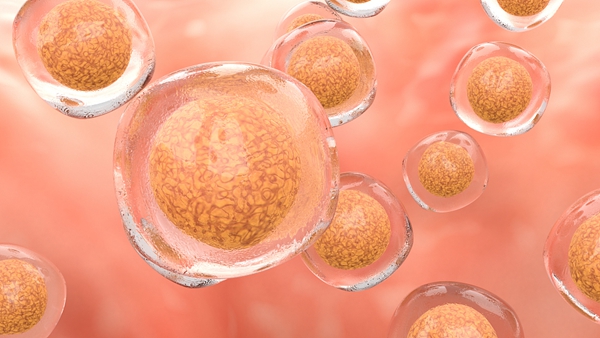CPPCC members urge Shanghai to take lead on stem cells

[Photo/VCG]
CPPCC members for the Shanghai government have urged relevant parties to work toward making the city a global hub for stem cell research, development and industrialization.
Shanghai has the country's largest public resource bank of stem cells, and related clinical research programs are underway at 15 hospitals in the city.
Stem cells are a promising field for medical treatment, with the ability to replace disease-affected cells with healthy ones and to increase understanding of how diseases occur, as well as many other applications.
"As of August 2023, 21 stem cell products had been approved for market around the world, and more than 6,200 relevant clinical trials are ongoing, involving 200 indications for diseases afflicting all the eight human body systems," said Zhang Yi, a CPPCC member, on the sidelines of the ongoing annual session of the city's political advisory body.
Stem cell-related patent applications from the United States account for 28 percent of the global total, with China's coming in at second with 16 percent.
"It is estimated that the global stem cell therapy market will reach 226.1 billion yuan ($31.5 billion) by 2030. If Shanghai maintains its leading position in stem cells, it will play a crucial role in accelerating the city's construction of a biomedical hub with international influence," said Zhang, who is also vice-president of the Shanghai Federation of Industry and Commerce.
The Shanghai government plans for the city to have biomedical R&D scale of 100 billion yuan by 2025.
By the same year, more than 100 innovative drugs and medical device products are aimed to have been cultivated or introduced, and at least 50 biomedical company headquarters established.
CPPCC member Ma Jin suggested the government require that, during the process of acquiring stem cells from umbilical cords and placentas, medical staff explain to parents the role that stem cells play.
Shenzhen, Guangdong province, and Tianjin have already unveiled laws to clarify that medical institutions should support the collection of biological samples to promote the protection, development and utilization of stem cell resources.
CPPCC members also suggested more support is needed in the development of the city's innovative drug industry to enhance the resilience of Shanghai's biopharmaceutical enterprises against international competition.
Since 2019, a total of 19 innovative drugs produced in Shanghai for either the domestic or international market have been approved, accounting for roughly one-fourth of the country's total.
However, there still exist difficulties throughout the process from R&D to marketing. For example, the time it takes for a new innovative drug to be approved is long. It usually takes an average of two to three years in China, which compares to eight months in the US, they said.
Other difficulties include that innovative drugs are usually not covered by commercial insurance, and they require a relatively long time to be covered by government medical insurance.
The Shanghai committee of the China National Democratic Construction Association made a suggestion that the city should establish a joint working mechanism to promote innovative drugs developed in Shanghai to go global, and create a good policy environment and service support system for enterprises.